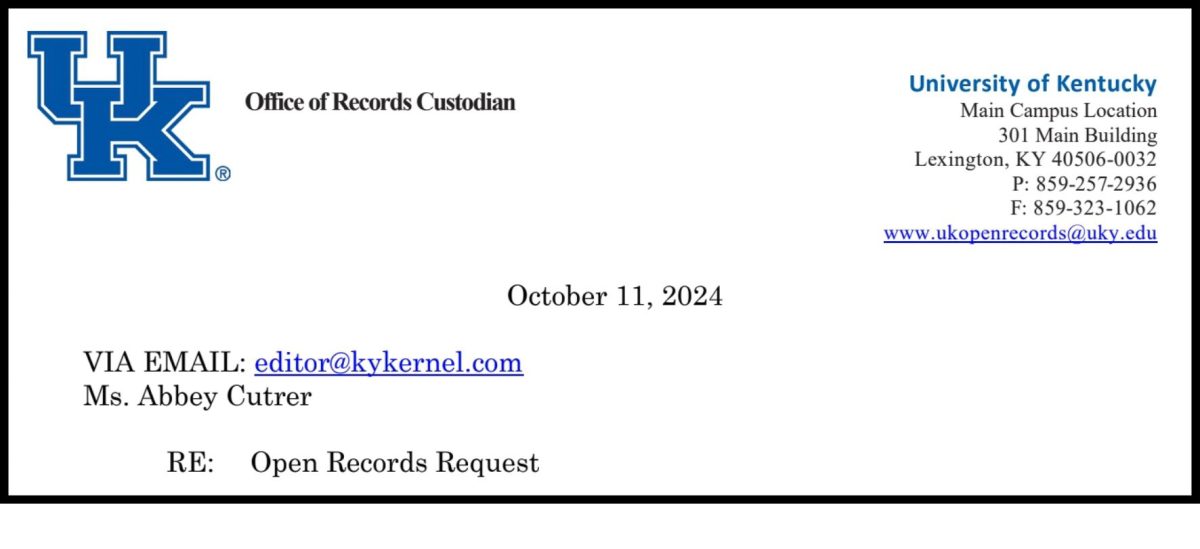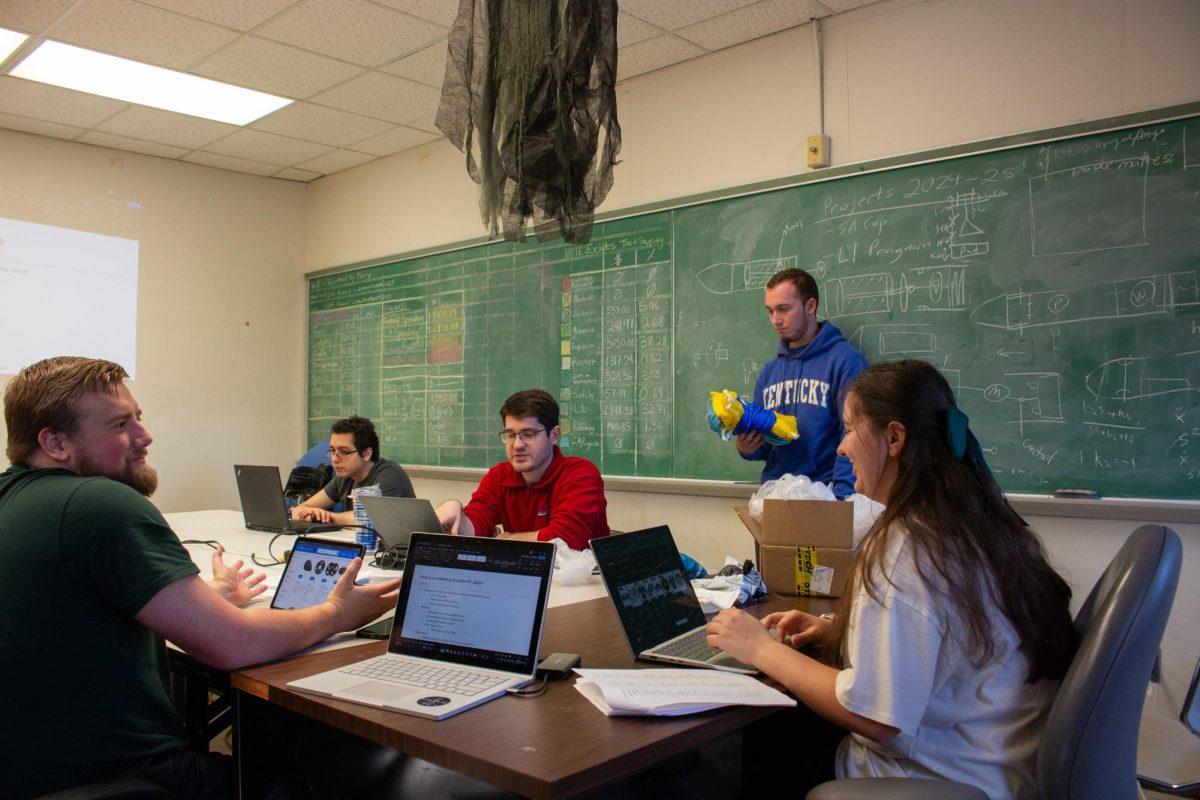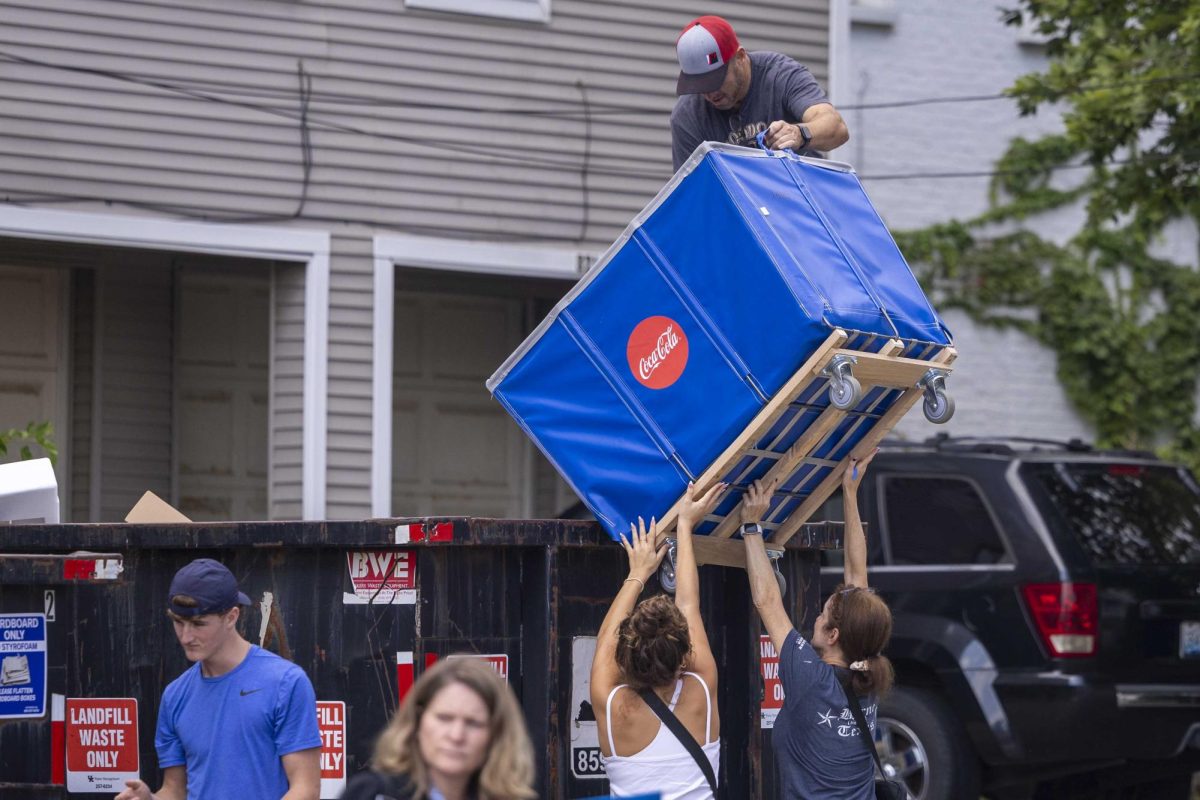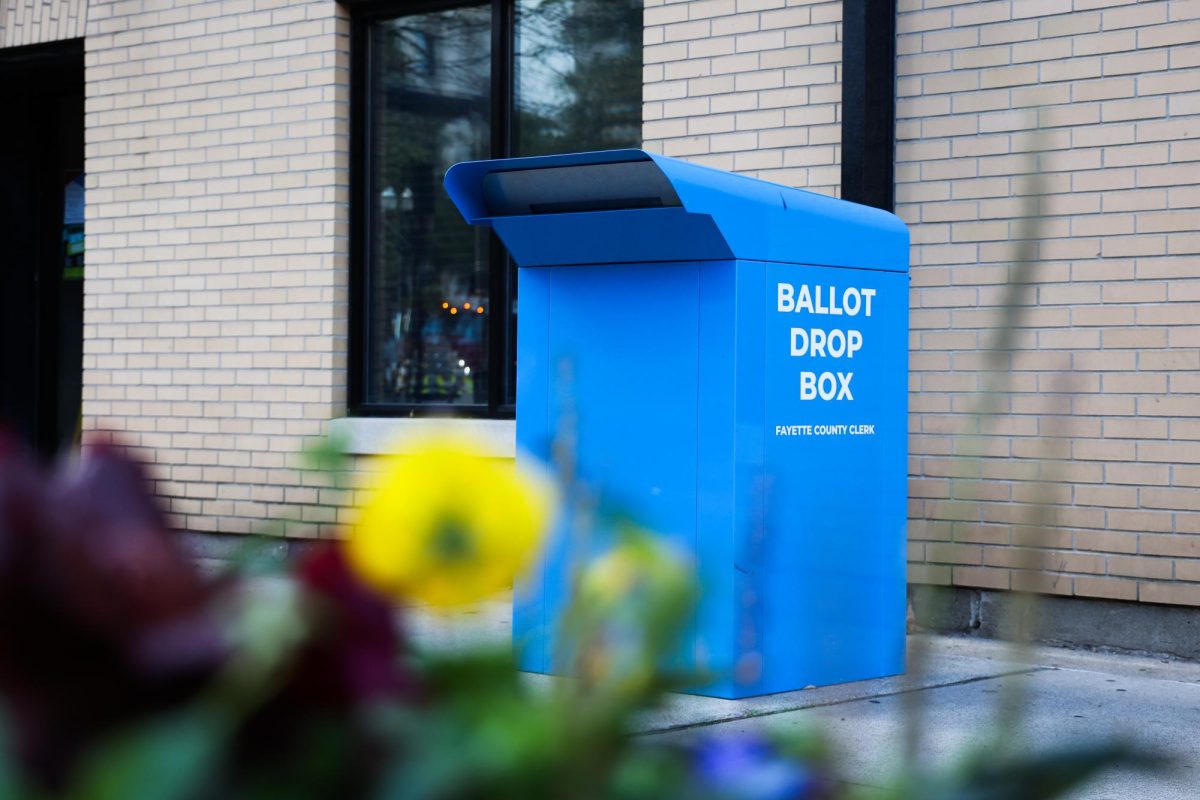Do your community schools have a clean air action plan?
March 31, 2022
(BPT) – When you think about K-12 student success, positive teachers, quality curriculum and classroom size likely come to mind. However, for students to truly succeed they must be healthy and focused, and often that boils down to basics including the very air they breathe while at school.
Air quality in classrooms, and even school buses, has received recent attention due to the pandemic and concerns about keeping school environments clean. Everyone agrees that the air students breathe should support their well-being and prevent spread of illness as much as possible, but the benefits of good air quality extend beyond physical health.
“Maintaining a healthy indoor environment supports the learning process, boosting students’ success,” said Roei Friedberg, CEO Americas of air purification company Aura Air. “Whether it’s students in preschool or young adults in high school, clean air matters because it helps people to focus and be more productive, in addition to reducing the spread of illness.”
Air pollution has a negative impact on the brain, found a recent Harvard University study on air quality in workplaces in six different countries. Scientists found the air quality within an office can have significant impacts on employees’ cognitive function, including response times and ability to focus, and it may also affect their productivity. This same conclusion can be applied to educational settings and cognitive function and productivity among students and staff.
Government organizations are taking note of the importance of indoor air quality, demonstrated by the recently announced Clean Air in Buildings Challenge from the Environmental Protection Agency. This is a call to action to reduce risks from airborne viruses and other contaminants indoors to support the wellness of people within the building, such as students attending school.
Educational leaders are taking a proactive approach by researching and implementing tools and processes for maintaining air quality in schools across the country. This includes optimizing fresh air ventilation when possible as well as investing in air filtration systems. Committees including teachers, administrators, parents and even students are gathering to determine their own clean air action plans.
To help ensure the air in your community schools is high quality so it supports student health and success, consider these steps:
Maintain exhaust systems: Regularly inspect exhaust ventilation systems for proper function and perform required maintenance. Do not block vents and strive to keep several feet of space open around them to facilitate air flow. Moisture can be problematic by causing mold and mildew growth, so report and resolve leaks and spills as soon as possible.
Invest in air purification: Consider Aura Air, a powerful smart air purification system that cleanses and disinfects indoor air through a unique 4-stage purification process while monitoring indoor and outdoor air quality in real-time. The system detects, captures and kills 99.9% of viruses, bacteria, germs and allergens while also eliminating harmful gases, odors and fine particles. In recent independent and clinical trials, it was found to kill 99.99% of COVID-19 particles within 60 minutes. Multiple units can also be managed and controlled through a single dashboard with Aura’s enterprise platform.
Utilize natural ventilation: If possible, open windows when weather allows and when outdoor conditions are safe to add fresh air to classrooms when students are present. If air is humid, however, avoid opening windows to limit moisture levels that can cause mold growth and rely on air conditioning and ventilation systems to circulate and filter air.
Clean for air quality: Classroom cleaning steps should support air quality. For example, use a vacuum with a HEPA filter. Wipe down surfaces and learning aids with a damp cloth so particles are captured rather than spread into the air. Clean properly after projects, especially those that include moisture or fine particles. Finally, avoid air fresheners and deodorizing products that may smell good, but reduce air quality.
To learn more about indoor air quality in schools and beyond as well as solutions for cleaner air, visit AuraAir.io.














































































































































